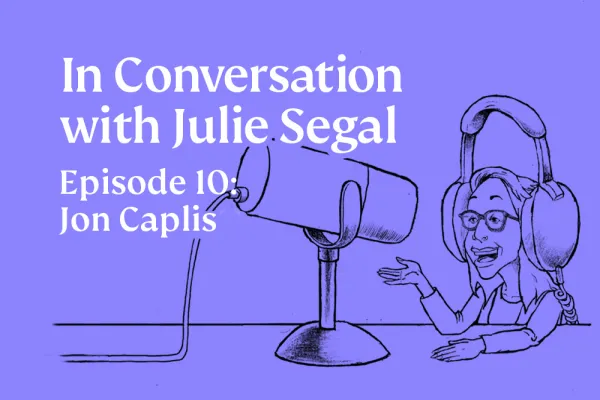Investors aren’t as diversified as they think.
Hedge fund strategies that would normally be differentiated from each other are loading up on the same risks, even though their investment objectives are wildly different. In fact, hedge fund research and data firm PivotalPath says its indicators for this phenomenon are at record highs, even higher than levels recorded during the global financial crisis.
PivotalPath has been tracking what are called pairwise correlations for more than 200 global risk factors since the beginning of 1998. (Think of global risk factors as anything a hedge fund could trade, from Treasuries and gold to commodities and fixed income.) The firm tracks pairwise correlations as an indicator of systemic risk.
Correlations were at an all-time high in January, according to the firm. The indicator last month was higher than during March 2020, the beginning of the economic shutdown caused by the pandemic, and the 2008 financial crisis, which was the previous peak.
“The average correlation will tell you whether these risks are moving together or whether the market is very diverse,” said Jon Caplis, CEO of PivotalPath. “Is credit looking similar to equities, which are looking similar to commodities, which are looking similar to the dollar, and so on.”
At the end of 2019, correlations were “kicking up near historical peaks,” Caplis said.
“Now it’s well beyond anything we’ve seen,” he added. According to Caplis, the level is now at 0.45, double the historical average. As recently as January of 2018, the level was 0.1.
When correlations of risk factors are high, that means hedge fund strategies will also start to move together.
In a separate analysis for Institutional Investor, PivotalPath compared its 40 different strategies to its composite index, which represents all strategies. Event-driven strategies had a correlation of 0.98 when compared to the composite. With a maximum correlation of 1, that means event-driven funds are on average moving almost in perfect tandem with an index that represents all strategies. In December 2015, the correlation between these two was 0.83, and in 2018, it was 0.86.
[II Deep Dive: Why It’s ‘Too Early’ to Give Up on Replicating Hedge Funds]
Multi-strategy funds had a correlation with the composite of 0.97; equity diversified global long-short funds hit a correlation of 0.96; and convertible bond arbitrage came in at 0.92. Credit strategies had a 0.93 correlation and distressed debt had a 0.95 correlation with the composite. This is despite the fact that the portfolio managers at the helm of a distressed debt fund are looking at a far different universe of investment opportunities than a manager of a global equity fund that can go both long and short.
Caplis said another extreme example is equity sector strategies, which represents funds focusing on sectors ranging from telecom, technology, and media to health care and financials. “You would think that a lot of different things are going on with each of these sectors,” he said. “But as of the end of January, the equity sector index had a 0.95 correlation with our composite.”
PivotalPath said the funds are not at the highest correlation levels, but “by design they will move directionally with the underlying risk factors.”
“If everything you trade is more correlated, then manager performance should look more similar as well,” according to the firm’s research. All of this makes it tougher for investors to get true diversification.
The correlations between all these different risk factors make intuitive sense given the overall environment, according to Caplis. “So much of every single market right now is driven by the pandemic and vaccines, and things that are completely unrelated to fundamentals,” said Caplis. “And then you’ve got the stimulus on top of it. So whether it’s bitcoin, cannabis, copper, or crude oil, we’re seeing moves that are directionally very similar.”







